
The Creation of Light and Dark
By Guida

26 Sep, 2023

In the vast expanse of the cosmos, where silence and darkness reigned, a divine power stirred. This power, this force of creation, was God. The universe was a blank canvas waiting for the divine artist to bring life and beauty to it.

God saw the formless void and decided to bring order to it. He summoned a strong wind that swept across the face of the waters, stirring them into a tremendous swell. The wind was God's breath, a tangible manifestation of his divine will.

Then, in the midst of the chaos, God commanded, "Let there be light". And as if by magic, a brilliant light pierced the darkness, illuminating the vast void. The radiance of the light was a testament to the divinity of its creator.
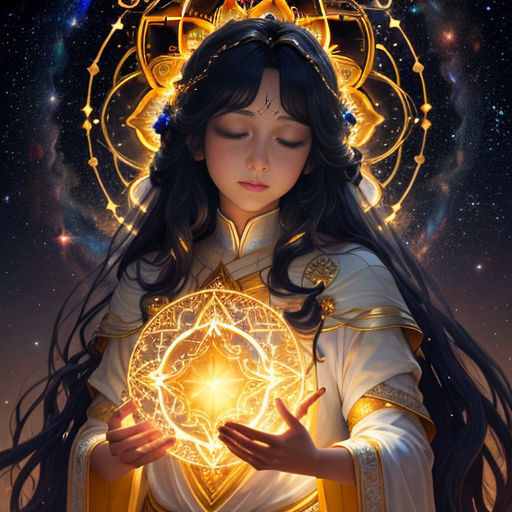
God saw that the light was good. It brought warmth, clarity, and hope to the previously desolate cosmos. He decided to separate the light from the darkness, creating a balance between them - a rhythm to the universe.

God named the light Day, and the darkness he called Night. This marked the beginning of time as we know it, a constant cycle of light and darkness, day and night. With this, the first day of creation had come to an end.
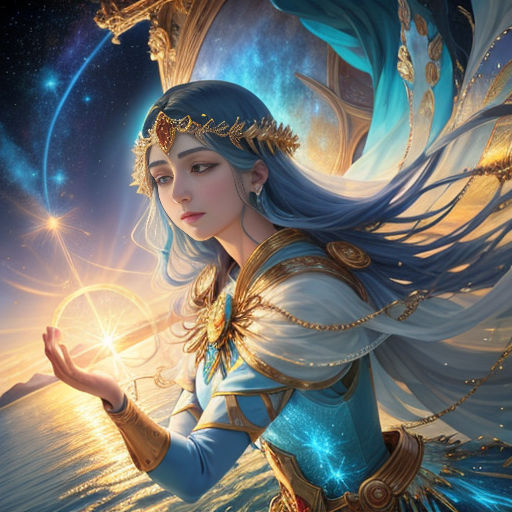
On the second day, God decided to create a dome in the midst of the waters. He envisioned it as a great vault, separating the waters above from those below. This dome would serve as a boundary, a firmament in the heavens.
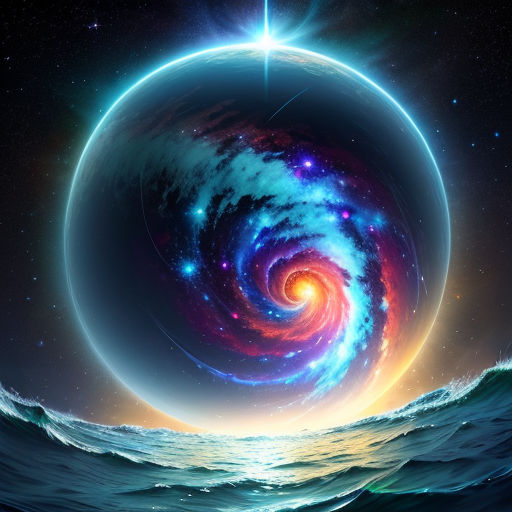
With a divine command, God created the dome. The dome was a magnificent structure, a testament to God's creative power. The waters parted obediently, creating a celestial sphere above and a vast ocean below.
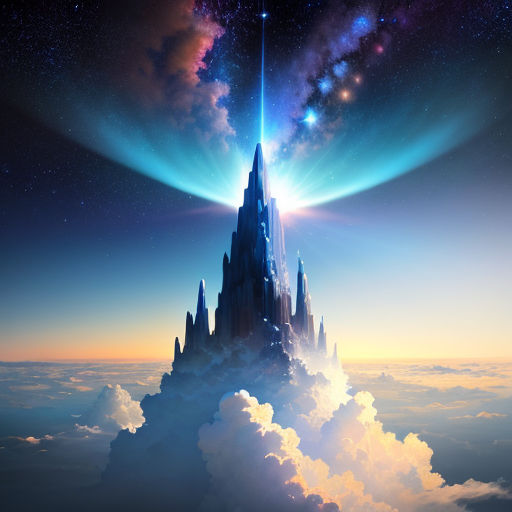
God called the dome Sky. It was a majestic blue, an infinite expanse stretching as far as the eye could see. The sky was like a canvas, waiting to be painted with clouds, stars, and the celestial bodies.

With the creation of the sky, the second day came to a close. The universe was no longer a formless void, but a place of beauty and order. Yet, God's work was far from complete. The earth was still a desolate wasteland, waiting for life.
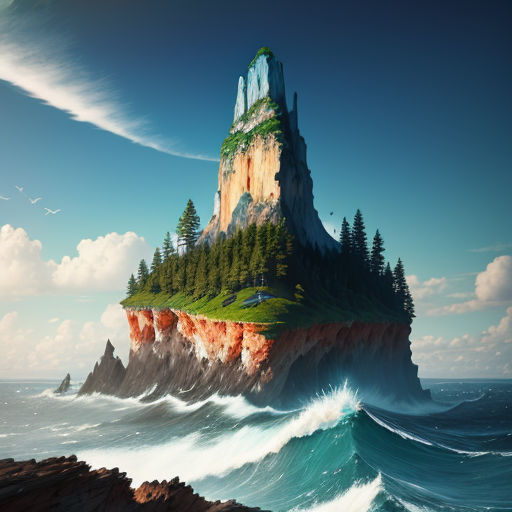
On the third day, God decided to create the dry land. He commanded the waters under the sky to gather in one place, and let the dry land appear. The waters obeyed, receding to reveal the earth beneath.
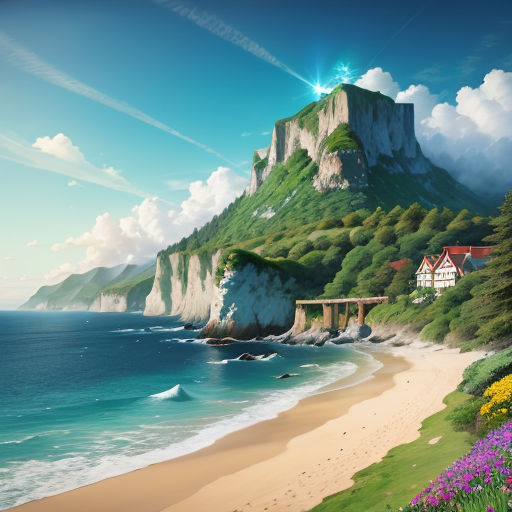
God named the dry land Earth and the gathered waters he named Seas. The earth was a beautiful green, teeming with potential for life, while the seas were a deep blue, full of mystery and depth.
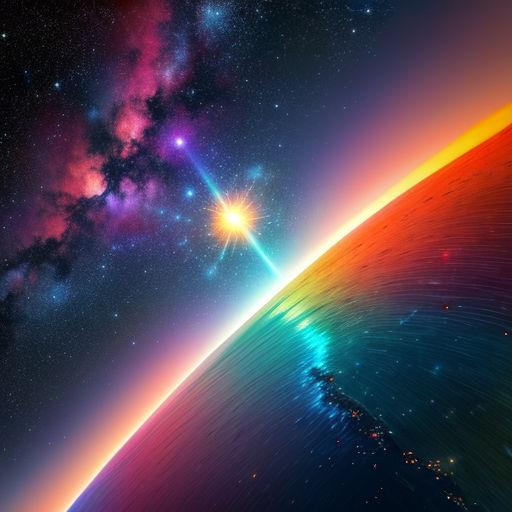
With the creation of the earth and seas, the third day came to an end. The universe was now a place of diversity and contrast, a testament to God's imagination and creative power. Yet, God's work was still not finished.

On the fourth day, God decided to create lights in the dome of the sky. These lights would serve to separate the day from the night and provide a means to mark seasons, days, and years.
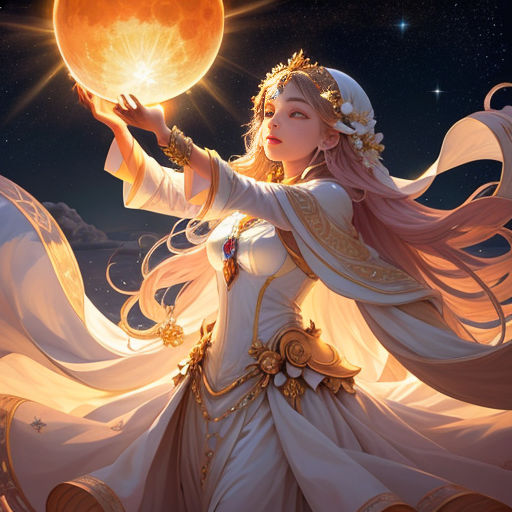
God made two great lights – the greater light to rule the day and the lesser light to rule the night. They were the Sun and the Moon, celestial bodies that would govern the rhythm of life on Earth.
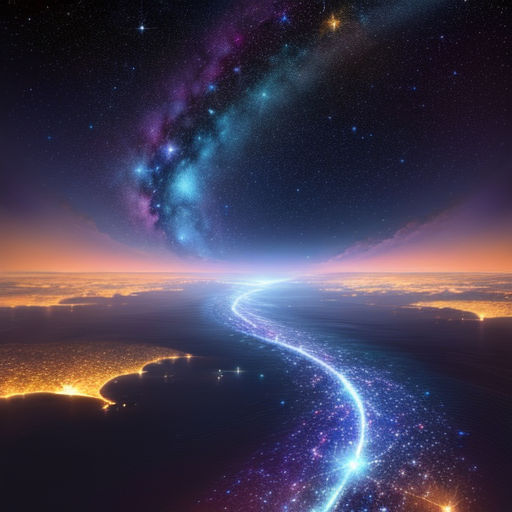
God also made the stars. He scattered them across the sky, creating a tapestry of twinkling lights. Each star was a beacon in the night, a reminder of God's omnipresence.

With the creation of the sun, moon, and stars, the fourth day came to an end. The universe was now a spectacle of light and darkness, a symphony of celestial bodies in constant motion.
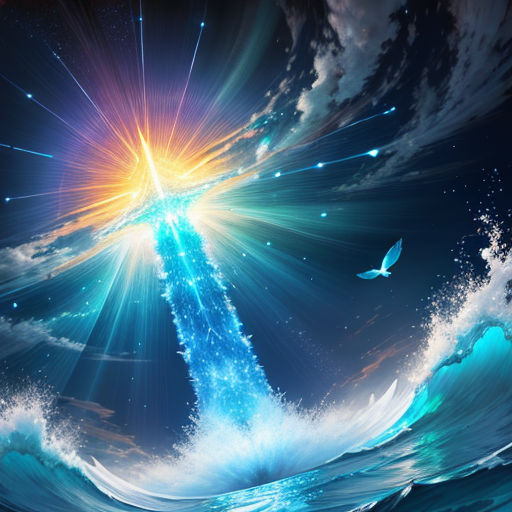
On the fifth day, God decided to fill the seas and the sky with life. He created the creatures of the sea and the birds of the air, each according to its kind. The seas teemed with life, and the sky was filled with the songs of birds.

God saw that these creatures were good. He blessed them, saying, "Be fruitful and multiply, fill the waters in the seas, and let birds multiply on the earth". With this, the fifth day of creation came to a close.
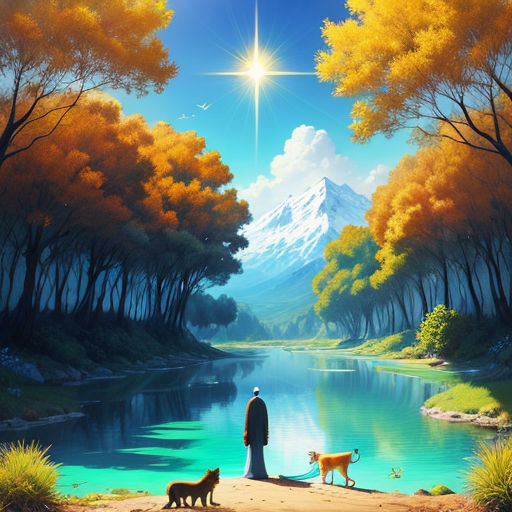
On the sixth day, God decided to create life on the land. He created all kinds of animals, each according to its kind. The earth was filled with the sounds and sights of life, a testimony to God's love for diversity.

God then decided to create beings in his own image. He created man and woman, entrusting them with the responsibility of caring for the earth and all its creatures. With this, the sixth day of creation came to an end.
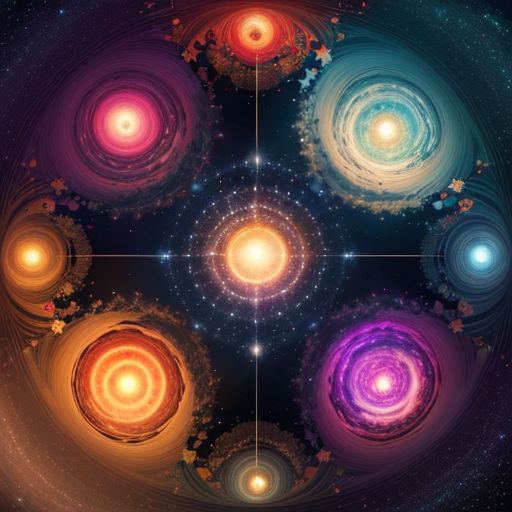
On the seventh day, God saw all that he had made, and it was very good. The universe was a place of beauty, diversity, and harmony. Every creature, every element of nature was a testament to God's love and creative power.
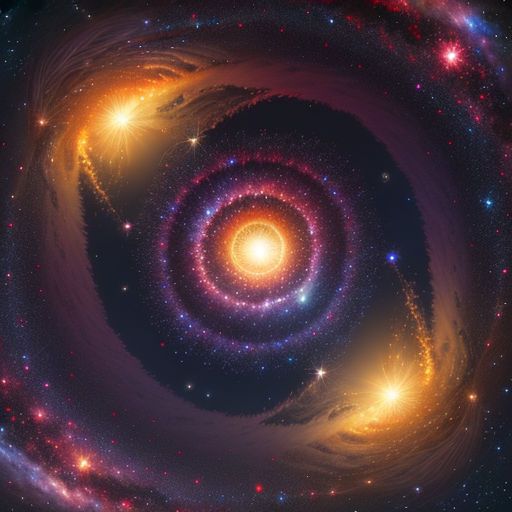
God then decided to rest. He had worked for six days, bringing life and order to the universe. The seventh day was a day of rest, a day to enjoy the fruits of his labor.
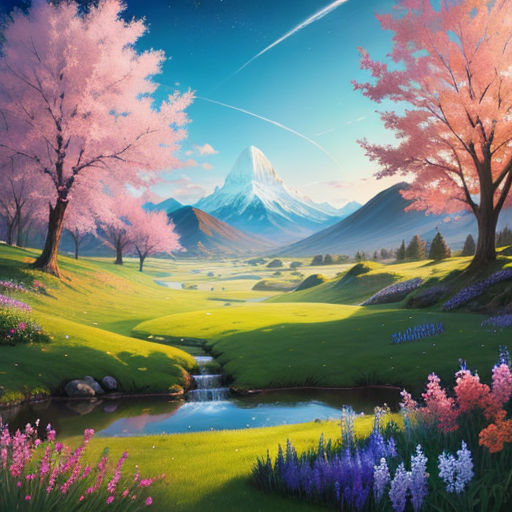
This day of rest was a sacred day, a day set apart from the others. God blessed the seventh day and made it holy. It was a day of reflection, a day to marvel at the beauty of creation.

God's work of creation was now complete. He had brought light to the darkness, order to the chaos, and life to the lifeless. The universe was now a place of beauty, harmony, and diversity, a testament to God's creative power.

From the creation of light and darkness, to the creation of life, every element of the universe was a testament to God's love and creative power. The universe was a reflection of God's divine nature - a symphony of light, life, and love.

The story of creation is a reminder of our place in the universe. We are not merely bystanders, but active participants in God's creation. We have been entrusted with the responsibility of caring for the earth and all its creatures.
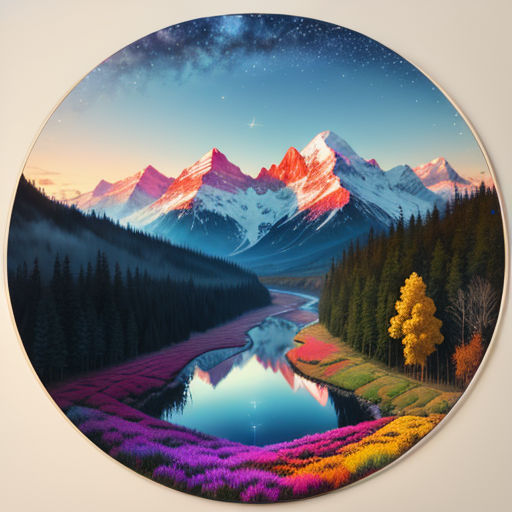
God's work of creation is not just a historical event, but an ongoing process. We are co-creators with God, called to bring beauty, harmony, and diversity to the world. We are called to be stewards of the earth, caring for it as God would.
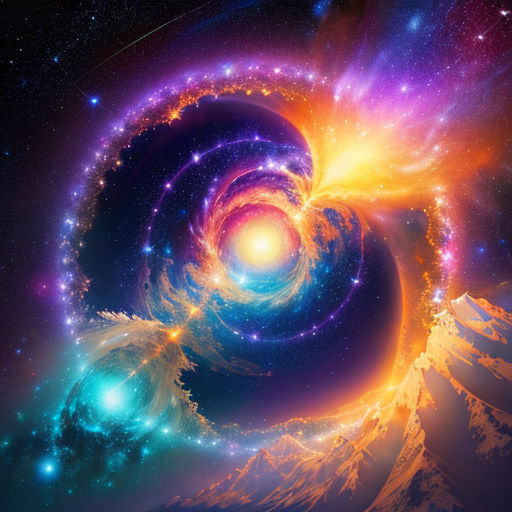
The story of creation is a testament to God's love and creative power. It is a reminder of our divine heritage, our potential to create, and our responsibility to care for the earth. It is a story that inspires us to live in harmony with nature and each other.
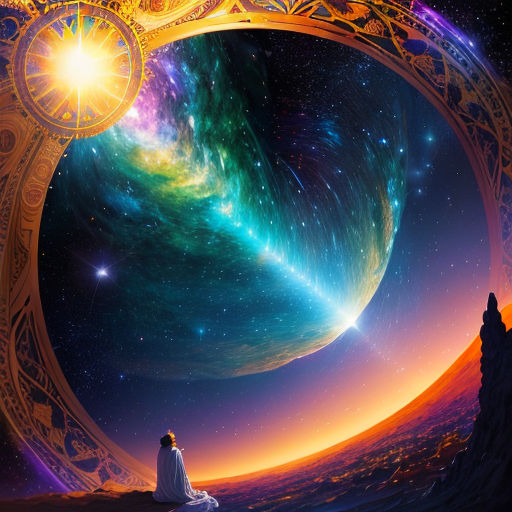
As we look at the world around us - the sun, the moon, the stars, the earth, the seas, the animals, and our fellow human beings - let us remember the story of creation. Let us remember our role in this divine symphony of life.
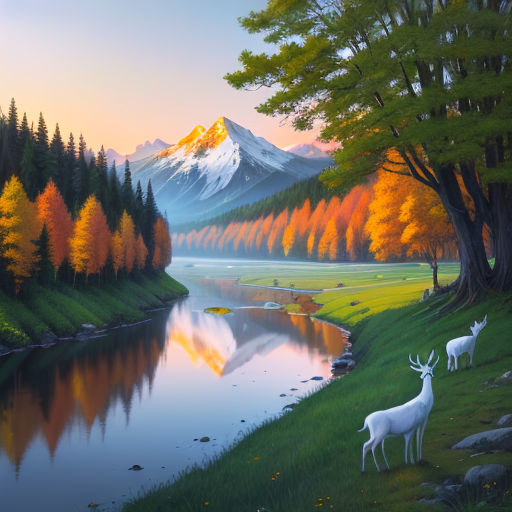
Let us strive to live in harmony with nature, respecting the balance of life and death, light and darkness, day and night. Let us strive to be co-creators with God, bringing beauty, diversity, and harmony to the world.

In the end, the story of creation is not just about the past, but about the present and the future. It is a story that inspires us to live with purpose, to care for the earth, and to strive for harmony and balance in all things.
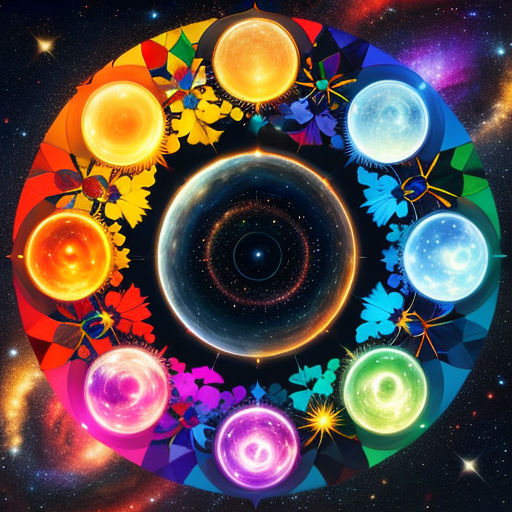
The story of creation is a reminder of our divine heritage and our potential to create. It is a story that calls us to be stewards of the earth, to respect the balance of nature, and to live in harmony with all creatures.
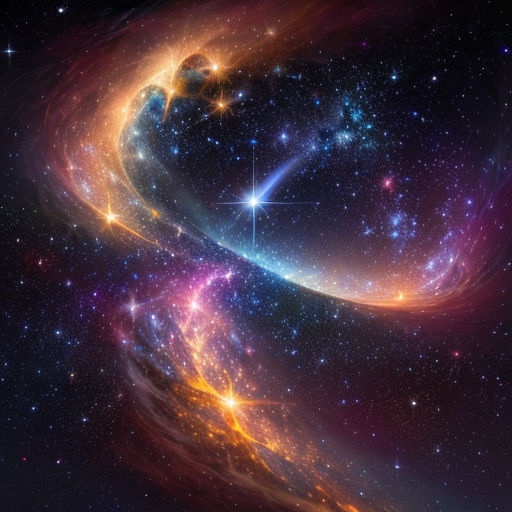
As we look at the world around us, let us remember the story of creation. Let us remember our place in the universe, our potential to create, and our responsibility to care for the earth and all its creatures.
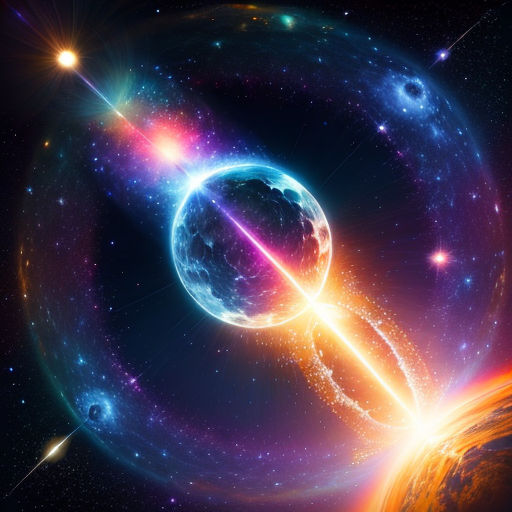
In the end, the story of creation is not just a story about God, but a story about us. It is a story that reminds us of our place in the universe, our potential to create, and our responsibility to care for the earth.
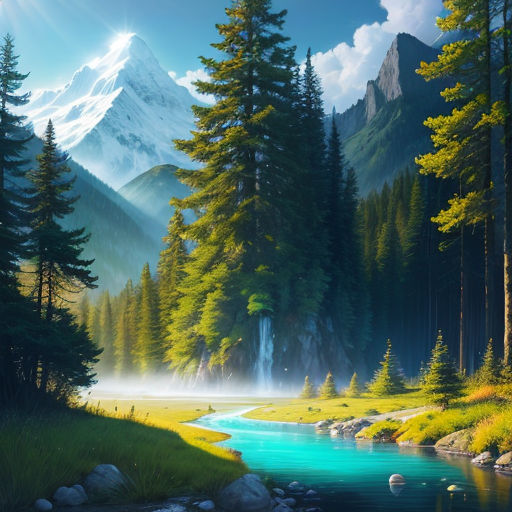
Let us strive to live in harmony with nature and each other, respecting the rhythm of life and death, light and darkness, day and night. Let us strive to be co-creators with God, bringing beauty, diversity, and harmony to the world.